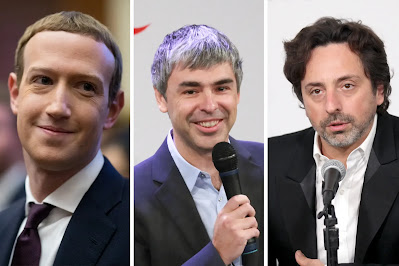An excerpt from the New York Times -
David Olusoga Wants Britain to Face Its Past. All of It.
For more than a decade, the historian and broadcaster’s work has focused on bringing his country’s uglier histories to light. Recently, more people are paying attention.
By Desiree Ibekwe
 |
| Olusoga in a scene from the docu-series “One Thousand Years of Slavery” on the Smithsonian Channel,
for which he served as an executive producer.Credit...Smithsonian Channel
|
LONDON — In December, when a British court cleared four Black Lives Matter protesters of criminal damages for toppling the statue of Edward Colston, a 17th-century slave trader, in June 2020, it was thanks in part to David Olusoga’s expert testimony.
Olusoga, a historian whose work focuses on race, slavery and empire, felt a duty to agree to address the court on behalf of the defense, he said in a recent interview, since “I’ve been vocal about this history.”
At the trial in Bristol, the city in southwest England where the Colston statue was toppled, Olusoga, 52, told the jury about Colston’s prominent role in the slave trade and the brutalities suffered by the African people Colston sold into slavery.
The closely watched court decision was greeted with concern by some in Britain and relief by others, and Olusoga’s role in the defense offers just one recent example of his work’s impact on British society.
Olusoga’s comments in court are consistent with a frequent focus of his wider work as one of the country’s most prominent public historians: that long-forgotten or buried past injustices can be addressed in the present day in public-facing, accessible media.
Olusoga’s latest TV work is “One Thousand Years of Slavery,” which premieres on the Smithsonian Channel on Monday. The show, which he executive produced alongside Bassett Vance Productions, a production company helmed by Courtney B. Vance and Angela Bassett, takes a wide-ranging, global look at slavery through the familial stories of public figures like Senator Cory Booker and the actor David Harewood.
https://www.nytimes.com/2022/02/07/arts/television/david-olusoga-black-history.html







